7 Simple but Powerful Anger Management Activities for Kids
As a child therapist, I’ve compiled 7 quick and easy anger management activities for kids you can do with no preparation, that help build healthy coping skills.
Unmanaged anger holds the potential to derail a day, a week or a life.
Giving our child a kick start to an emotionally healthy and grounded future means helping them to better understand and manage their emotions.
For most parents, helping their child deal with anger is at the top of this list.
⭐️Free 9-page Expert Master guide⭐️>> 5 Secrets to MORE cooperation and LESS conflict with your strong-willed child (Click here to grab)
Most of us did not get the memo on how to work through anger as a child (and possibly got lots of really confusing and negative messages at that) so it’s no surprise many parents find themselves at a loss when it comes to approaching anger management for kids.
As a clinical child therapist, I hope to make this overwhelming process easier for you by sharing my most used (and most effective) anger management activities for kids!
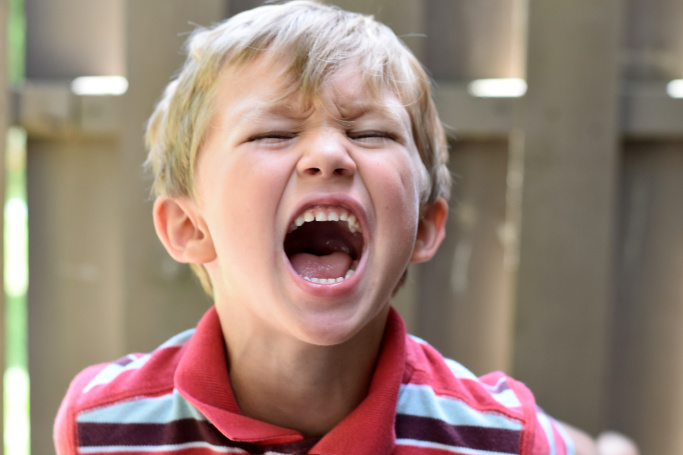
*This post contains affiliate links for your convenience. If you make a purchase I’ll receive a small commission to help support the mission of the site. Thank you!!
But…first thing’s first:
One of the first things I talk about with the parents of my young clients is that Raising an emotionally intelligent child is a journey and not a destination. It’s normal to see progress in your child’s ability to manage their emotions one moment and then see it go flying out the door the next.
With child development comes inherent ups and downs in a child’s capacity for self-regulation. The first step to help an angry child is acknowledging as a parent that anger is a healthy and normal emotion for your child to express and that your child will need your help to better understand and manage it.
Only when we make space for our child’s anger can we become confident and calm in the face of little people with big emotions and send the message they need to hear:
When it comes to anger it is possible to get out of the passenger seat and into the driver’s seat.

7 Best Anger Management Activities for Kids
When we set a tone of working with anger instead of resisting it, we can guide our child in managing it in healthy ways.
Once we have this foundation down we can move on to helping kids explore anger in more concrete ways. These are 7 of the anger management activities I use the most with kids.
Where anger lives in your body
A crucial step in understanding anger is discovering how physical of an emotion it is. We can likely all acknowledge as adults the different ways anger shows up viscerally for us.
When exploring this with kids I discuss the bodies ‘anger signals’. When your child becomes more in tune with their bodies anger signs and signals it’s a powerful cue that it’s time to change course.
Exploring this with your child is as simple as having them draw a picture of their body, then coloring where anger shows up/comes out/lives etc, and what they think that might look like.
Kids commonly draw heavily on the hands and mouth area of the picture stating “anger explodes out of my hands and sometimes throws toys” or “anger shouts out of my mouth with a really loud voice!”.
It’s amazing to see how they conceptualize their anger in physical form. In the photo below my daughter remarked: “It’s in my head because that’s where my worries are” (pretty insightful as anger is often anxiety’s first outlet when it comes to kids).
Related >> 4 Things to Try When Your Angry Child Refuses Coping Strategies

Personify their anger
Our anger is a part of us but it doesn’t have to control us. Anger is a powerful emotion and often feels overwhelming and unsettling for kids.
A fantastic therapist tool I use often with kids is externalizing a problem or challenge a child is having. If your child is struggling to manage their anger in safe ways coming up with a name and visual depiction for their anger empowers them to separate who they are as a person from their anger problems.
This quote from one of the founders of narrative therapy Micheal White describes the power of externalization.
The person is not the problem, the problem is the problem. When a child thinks that she’s a problem kid because she always acts out in school or causes conflict at home, it’s harder to help her make changes. In that narrative, the problem is her.
Make a simple statement to your child along the lines of “It seems like anger has been causing you lots of stress lately. How about we give your anger a name and draw a picture of what you think it might look like”.
When your child is able to see the problem literally existing ‘outside of themselves’ they can objectively problem solve, gaining greater insight into the problem or situation.
Make a safe landing space for anger
Anger often manifests physically for kids and when it does, having a safe and soft place to land will go far to avoid aggression towards others and to improve a child’s behavior at these times.
Discuss creating a safe ‘landing space’ or ‘chill-out corner’ with your child when they are calm and regulated (not in the heat of the angry moment).
Wherever is practical and comfy for your child in your home is a great place to start. We chose a corner of our living room to add lots of pillows to, as well as blankets and a basket of calm down tools.

We used a giant floor pillow mat, pillows with different textures (this is great for giving calming sensory input to your child!), our Snuggle Buddy from Generation mindful, and emotions flashcards for kids.
We also love Squeezeimals (those round little animals)! They are super sturdy and you can squeeze or push on them super hard!
Anger Iceberg
Anger is a complicated emotion and the more your child can understand how it operates the better they’ll be at getting ahead of it. Anger often serves as a protector or mask for other deep vulnerable emotions.
It’s easier to feel angry than ashamed, embarrassed or hurt. Our subconscious wants to protect us so it sends in its defense team. The anger iceberg metaphor is a fantastic visual that depicts this for kids and builds self-awareness.
Any given day they have events, emotions, and stressors that lie under the surface of what we can see as parents or teachers.
They can be prompted to reflect on different emotions and circumstances during their day (or week) then writing these down under the surface of their anger Iceberg.
When your child becomes clear on her true emotions and stressors you can help her work through those emotions and problem solve around challenging situations.
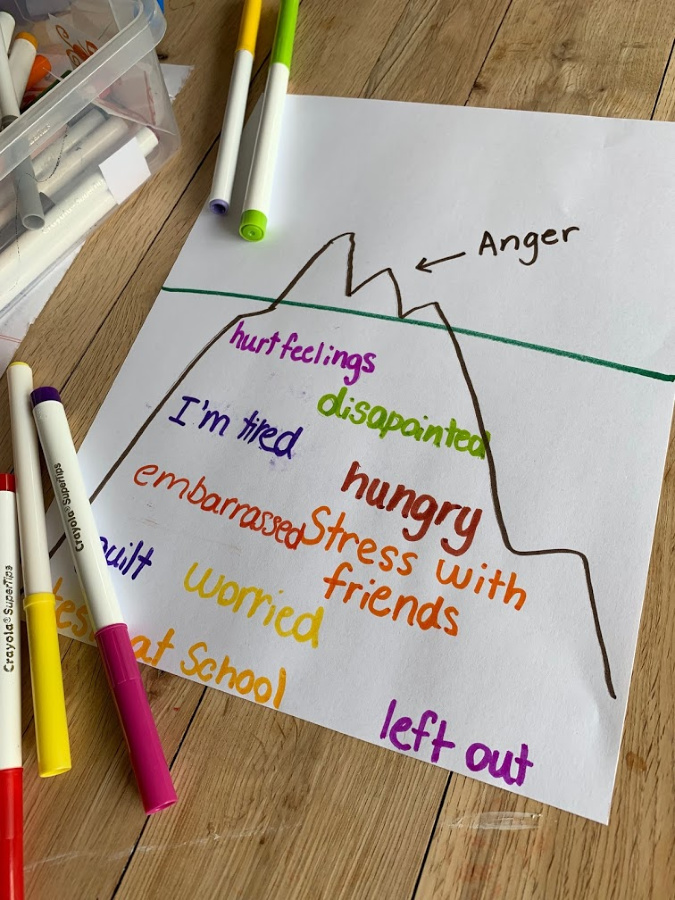
Make a ‘trigger tracker’
Helping your child explore what situations easily set them off allows them to develop greater self-awareness and eventually be more prepared in the face of frustrating circumstances through problem-solving and preparation.
Grab a piece of paper and create several checkboxes along the left-hand side of the page. If your child is younger they’ll need you to fill in possible anger triggers/buttons/fuse’s. An older child can be prompted to help create a list.
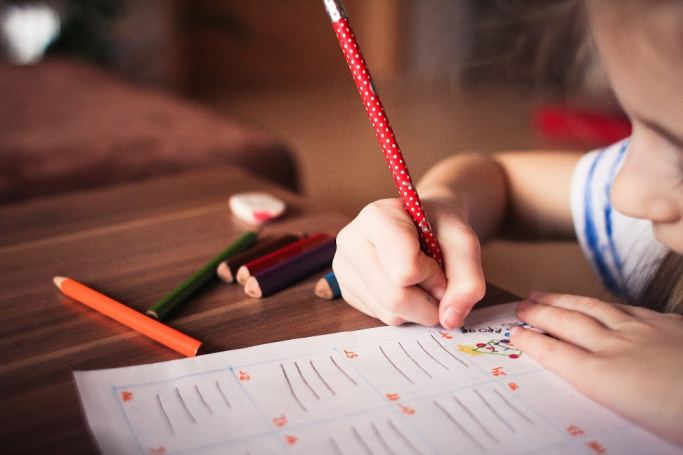
Here’s a list of common anger triggers, but the possibilities are endless:
- Being told ‘no’
- Getting teased
- Being interrupted
- Not being listened to
- Someone chewing with their mouth open
- When something is unfair
- Losing a game
- Getting stuck with homework
- Getting ready for school in the morning
- Hunger
- Someone taking something that belongs to me
- Turning off video games
- When someone hurts me
Have your child check the boxes that apply to them and follow by discussing both your observations and theirs. It’s a great opportunity to discuss your own triggers and how they’ll be different for everyone.
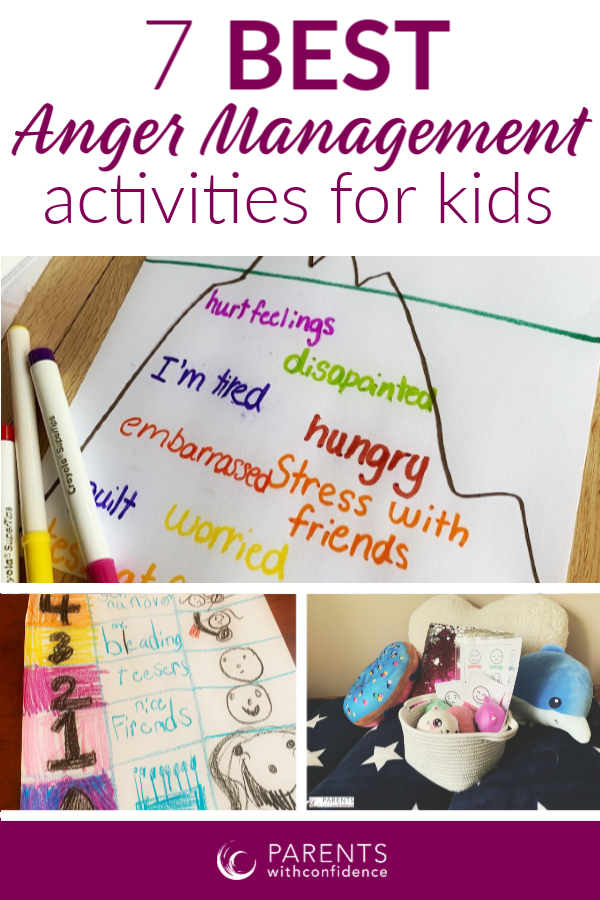
Big 3 breathing plan
One simple way to illustrate the crazy power of our breath is likening it to a remote control for our body and brain. When your child is angry or agitated her sympathetic nervous system engages, prompting rapid and shallow breathing.
Deep breathing stimulates your child’s vagus nerve activating the parasympathetic nervous system which helps to calm and put the breaks on a child’s anger and anxiety. Taking good quality breaths is one of the best calm down strategies for kids.
I’ve found having three ‘go-to’ breathing techniques in the arsenal for kids to choose from gives them some control without overwhelming them (and you!).
There are endless ways to make deep breathing creative and concrete for an angry child but here are a few of the faves at our house:
- Blowing out birthday candles. Put all 10 fingers up and have them blow out the candles as slow as they can.
- Trace your hand breathing. Hold up one hand taking long deep inhales when tracing upward and slowly exhaling when moving down the finger.
- Elsa breathing. Take the biggest and longest breath possible through the nose and slowly blow of the mouth creating an amazing ice sculpture!
- Rainbow breathing. Start at the bottom of the red arch and inhale on the way up the rainbow, exhaling on the way down, adding as many colors as they’d like.
- Dandelion breathing. Inhale to smell the dandelion scent and exhale through the mouth slowing blowing the seeds and making a wish.
- Figure 8 breathing. Simply trace a figure eight in the air or on a surface breathing in on one side and out on the other, pausing in the middle.
Related read >> The Ultimate Guide to Positive Parenting and Positive Discipline
Anger Scale
This activity ties together several major components of anger management for kids and really gets at the concept that anger occurs in different degrees and severities.
To make an anger scale with your child you can use a simple box graph shape (shown below) or a simple drawing of an ‘anger thermometer’. Both charts allow the child to acknowledge triggers for their anger as well as how anger may change their facial expressions and features.

If you’re using the thermometer concept, simply put the number 10 at the top and a 1 at the bottom, prompting your child to think of places and things that bring out anger/frustration and mark where they’d fall on the scale. It may surprise you where certain things go!
A note on anger management activities for children
Nurturing your child’s emotional regulation skills is something you’ll never regret doing. How well your child can navigate their emotions plays a huge role in their future happiness, success and well-being.
These anger management activities for kids are great practical tools that can be done in little time and with few materials.
Which kids anger management tools have you tried?
Looking for easy-to-use tools for teaching your child to handle their emotions in positive ways?

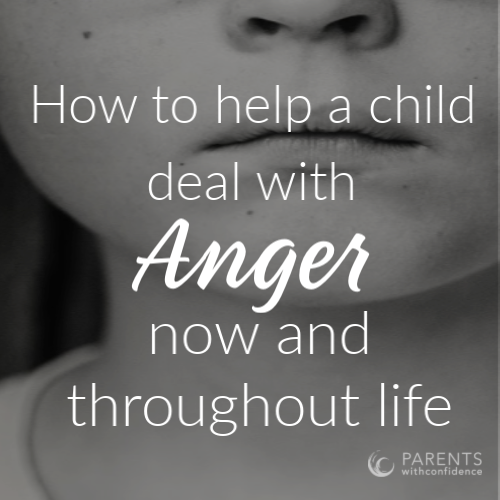
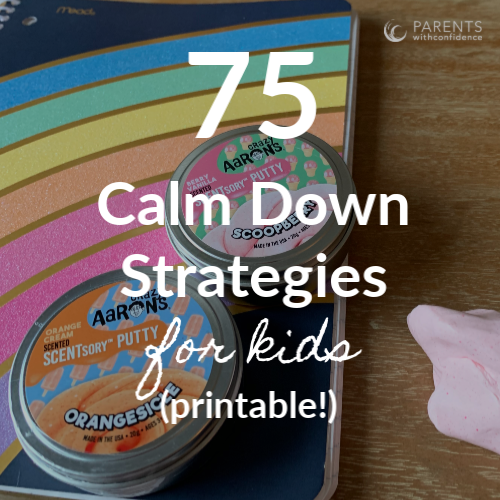

About Angela Pruess LMFT
Welcome! I’m Angela, a Licensed Children’s Mental Health Professional, Positive Parenting coach, and mom to Spirited Kids that help me learn and grow (grey hairs) every single day. I believe EVERY child deserves to live their BEST life and that emotional health is the magic key to lifelong success and happiness. Read more about me and the Parents with Confidence manifesto.





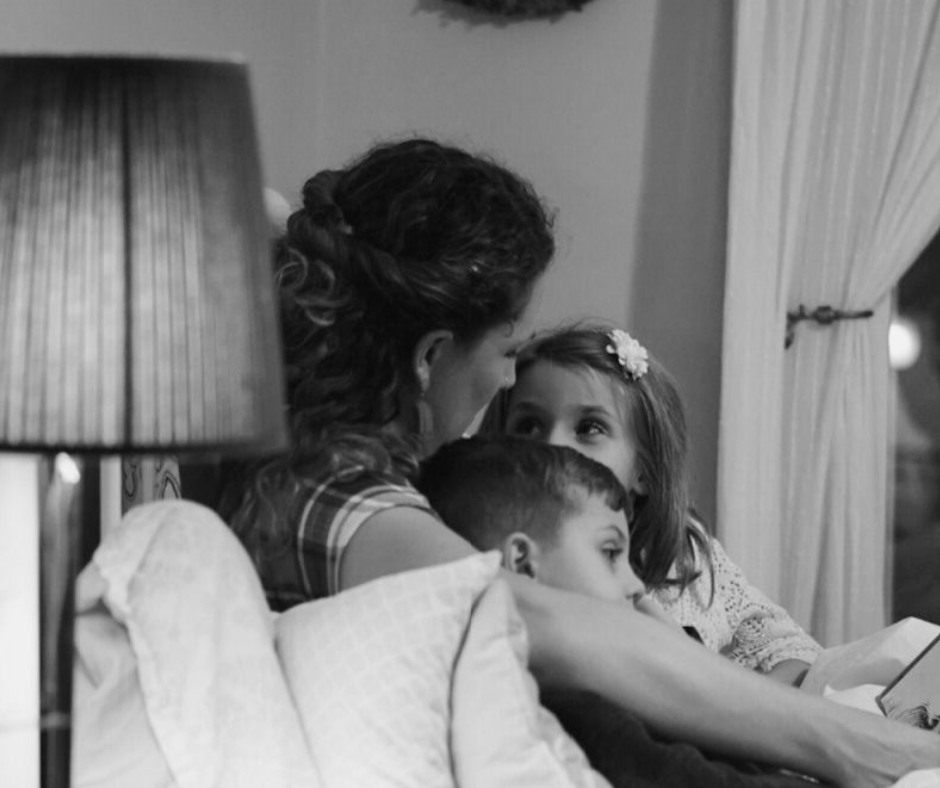

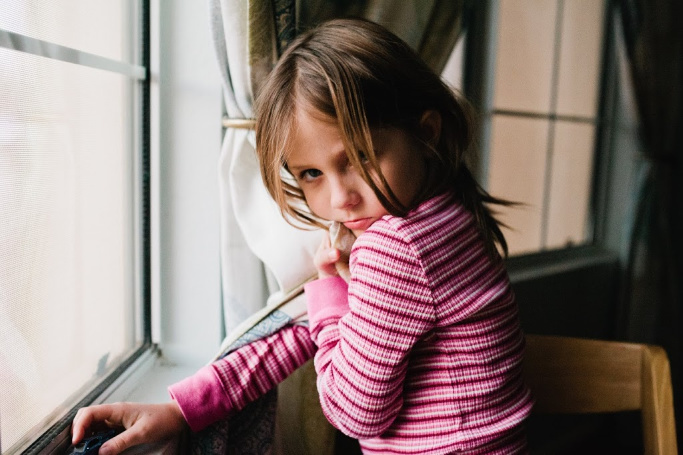

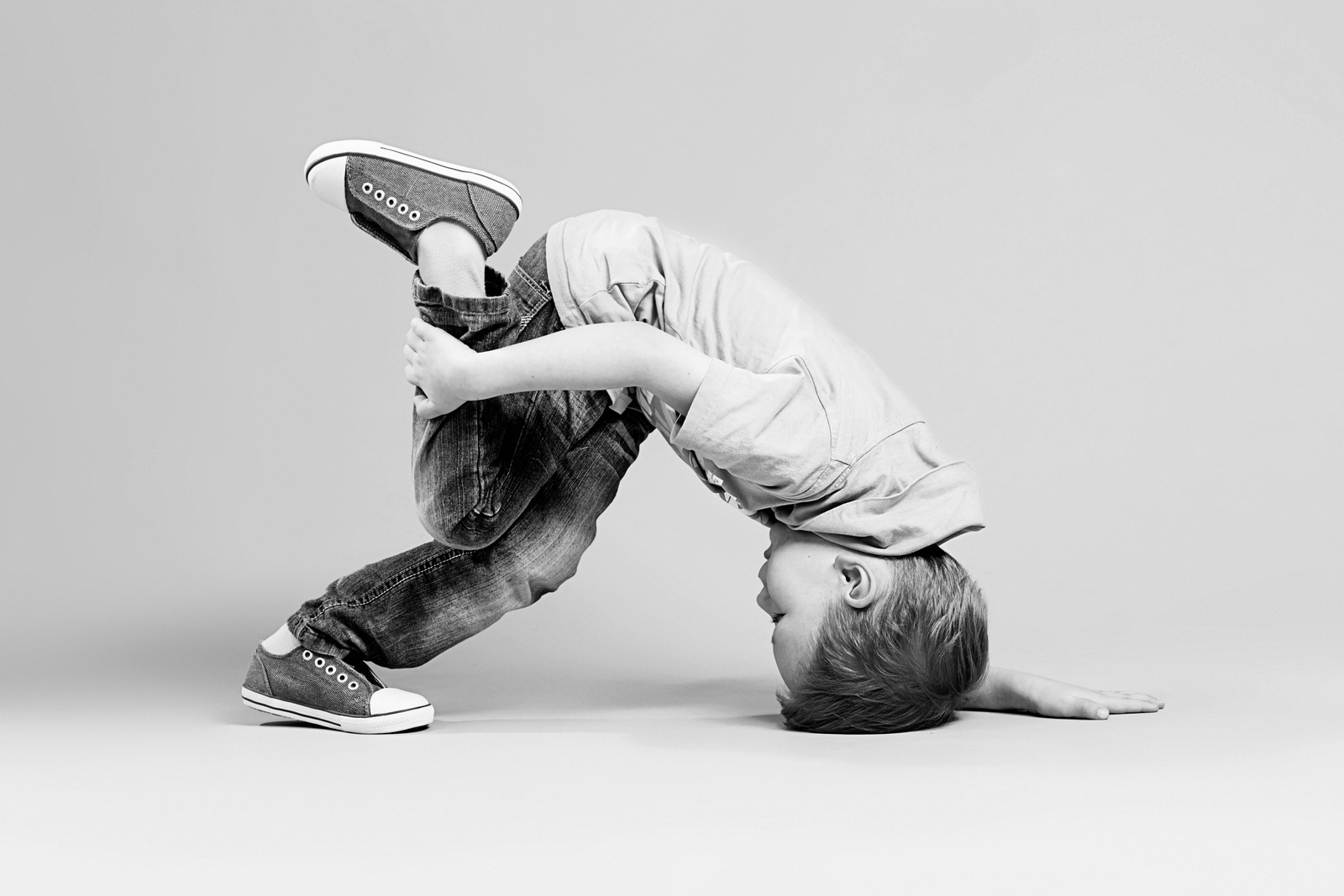
3 Comments